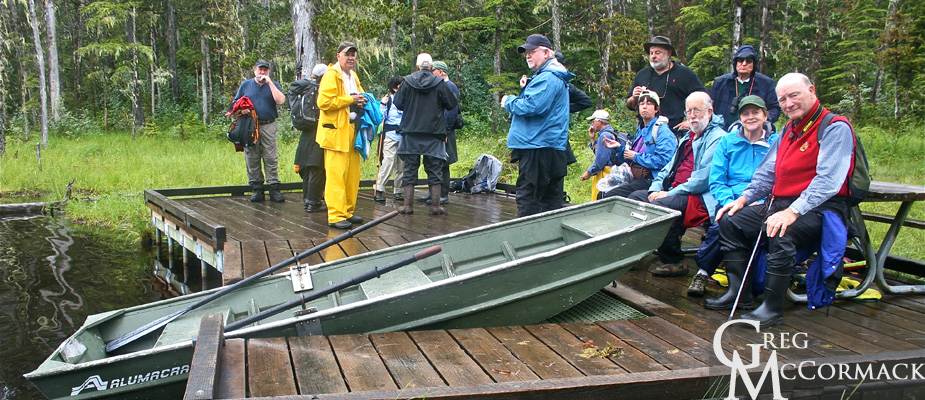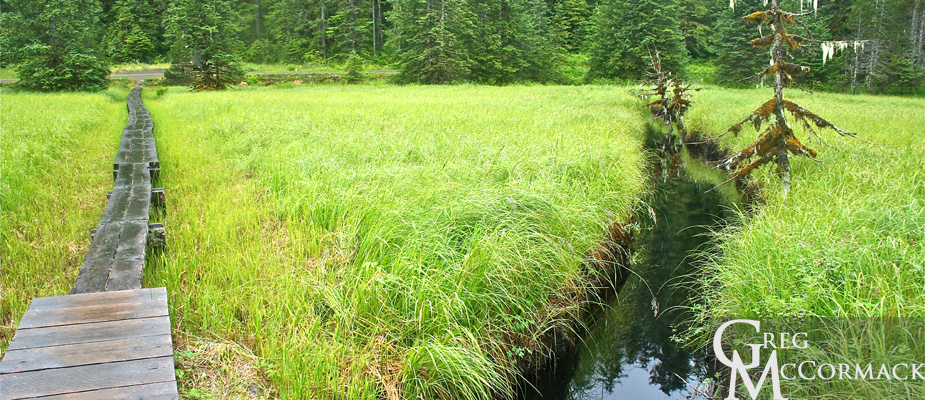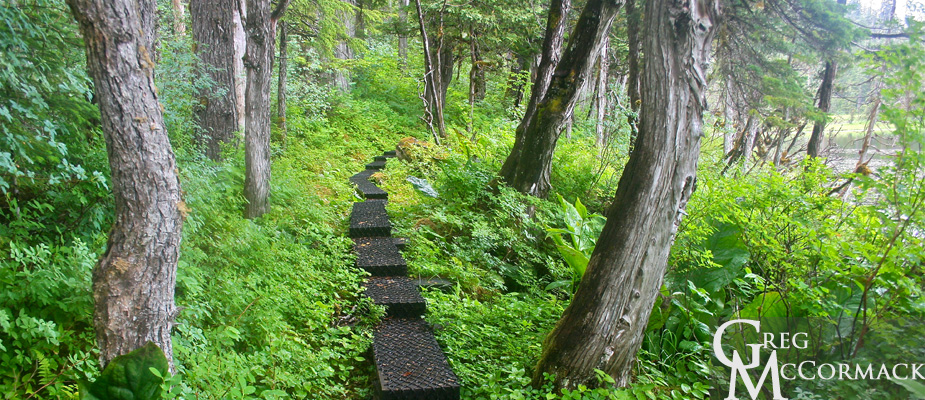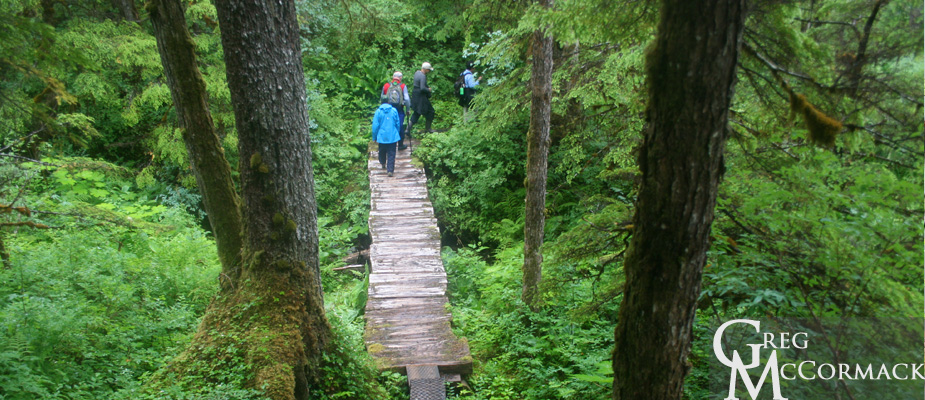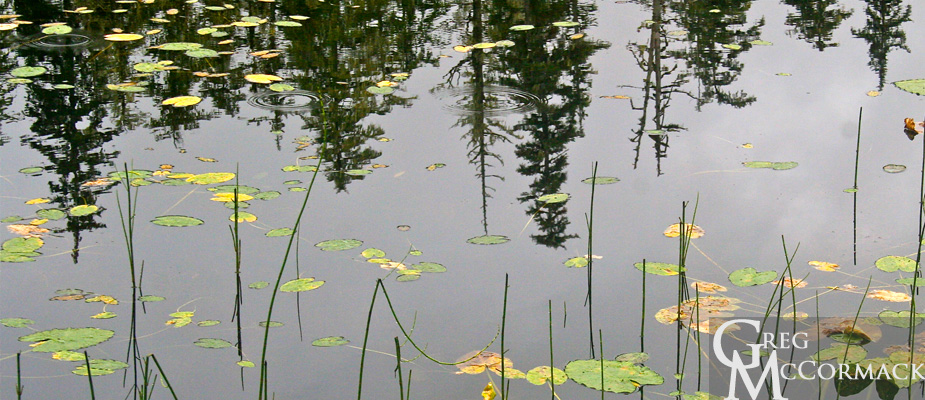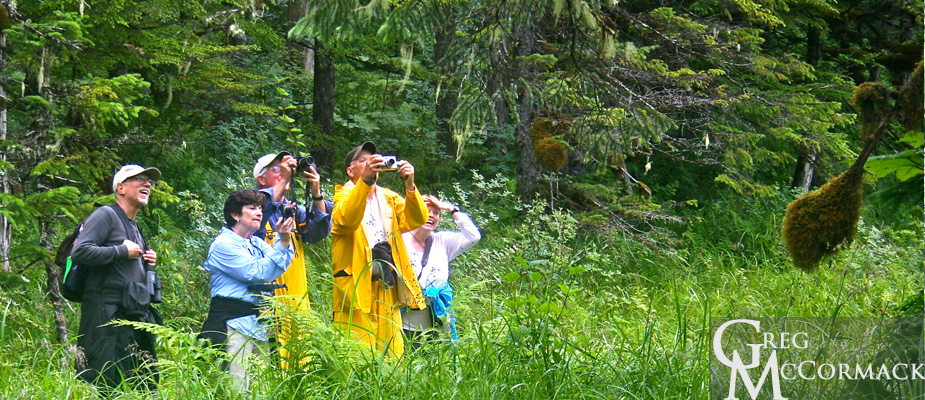Search results
Tuesday | July 19
October 3, 2011 by admin
Filed under InnerSea Discoveries
Ideal Cove
“The first requirement of a naturalist is that he be curious. He should be capable of being astonished and eager to find out.” –Erwin Shroedinger
A persistent drizzle with low-lying fog greets us this morning. We offer long hikes on the Three Lakes Trail, a Tongass National Forest maintained system of boardwalks that loop in the forest around some kettle ponds. Part of the trail is along a logging road that is accessible for cars from the nearby town of Petersburg. Nonetheless the popular trail is very scenic.
The morning hike is about 5.5 miles long and we do the loop in a clock-wise fashion to Crane Lake first and then Hill Lake. About half of the trail is along 16-inch wide boardwalk. The trail is in good shape except for a few spots where support beams have rotted or the netting that keeps you from slipping on algae slicks has fallen-off the boardwalk.
The vibrant green vegetation are “eye-candy” for all of us sauntering through the front-country in Petersburgs’ backyard. Skunk cabbage, bunch-berry dogwood, leather ferns, surround the boardwalk through the forest sections and rushes, sedges and bog orchids are adjacent to the trail in the muskeg areas.
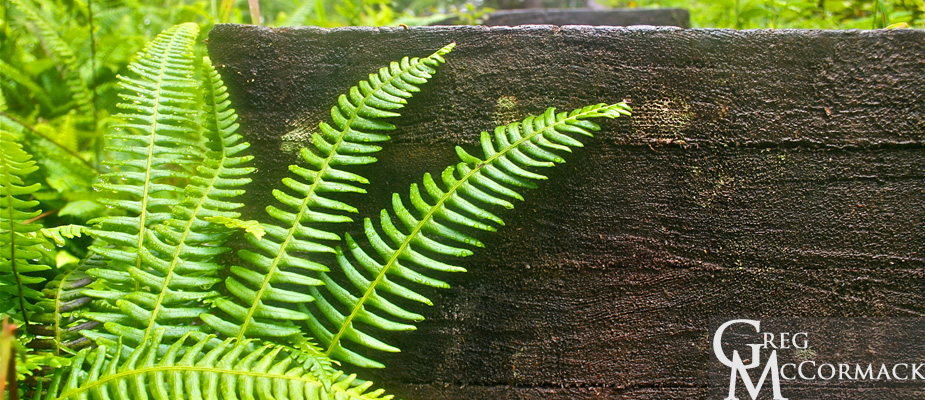
We are tempted to take a canoe out on the lake that is provided and maintained by the forest service. We did stop at picnic tables and were surprised by a sighting of a porcupine climbing up a spruce tree.
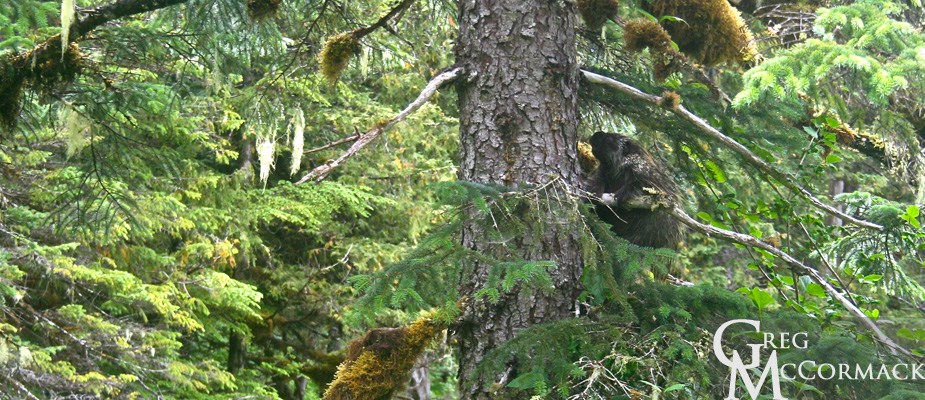
Cut trees is about all we see in the way of mammal sign. Beavers are quite active in the area and it never ceases to amaze how big a tree they can cut down. I’ve read about a researcher that played a tape recording of running water near a beaver and it tried to build a dam near the hidden tape recorder. Apparently, when the sound of running water stops, the beaver discontinues building the dam.
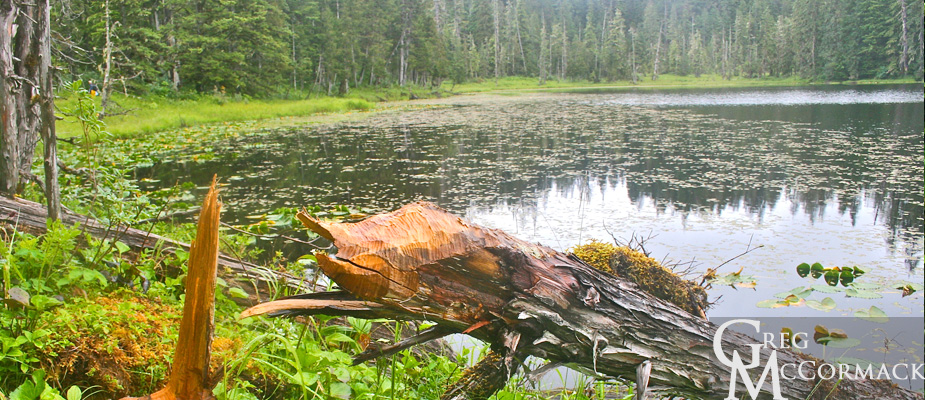
There are long sections of narrow trail where it is impossible to see your hiking partners around the next bend. Passing is not an option for folks who are behind photographers!
The reflections on the lake along with emergent aquatic vegetation such as the pond lily make for great subjects for photographers.
Periodic “National Forest” signs showing a symbol of a snowmobiler remind us one of the popular past-times in the area during the long winters here in Southeast Alaska. Some are pockmarked with bullet holes. I suppose vandals like the sound a bullet makes when it hits metal?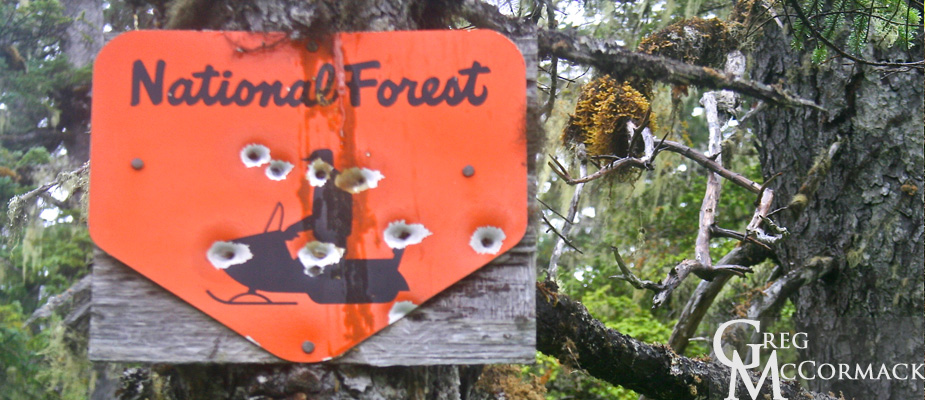
Mossy epiphyte platforms are in abundance on the dead, low-lying branches of the spruce/hemlock forest. On the largest, old-growth trees, the moss-covered branches are nesting sites for the seabird known as the marbled murrelet.
Back aboard the M/V Wilderness Discoverer, everybody is happy to peel-off wet layers of clothing and warm-up with hot drinks and camaraderie with fellow shipmates.


